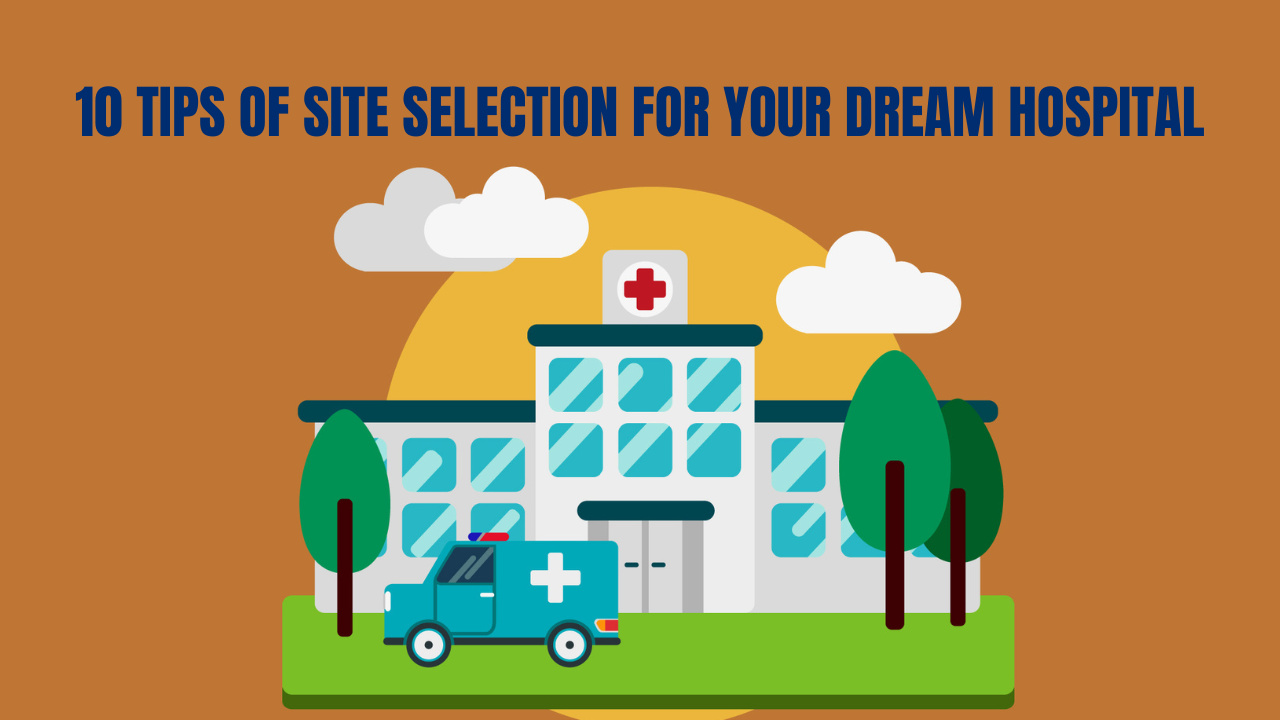Blog Content
10 Tips of Site Selection for Your Dream Hospital.
10 Tips of Site Selection for Your Dream Hospital.
Do you want to know how to choose the site for your Dream Hospital? How your upcoming hospital will be in better interest of Public, Patients & of course you ? Then you should check these points for your hospital site.
Health care facilities are important architectural spaces that should be designed to best meet the needs of patients, staff, and visitors. The building process is a complex one that requires the expertise of many different professionals.
It is important to carefully consider all aspects of the hospital design, from the layout of the patient rooms to the materials used in construction. In this blog post, we will share 10 tips for choosing the perfect site to build your dream hospital in India.
We hope that these tips will be helpful for those who are planning to build a health care facility in India.
1. What is your budget?

Before you start looking for the perfect site, you will need to determine your budget for the project. This budget should include the costs for land acquisition, as well as the costs for construction materials, labor, equipment, and other building expenses.
Additionally, you should factor in the costs for any permits or licenses that will be required for the project. Your budget will serve as a guide for the selection of the site and will help you determine the size and scope of the hospital that you are building.
It is important to be realistic when creating your budget, as any underestimated costs could add additional strain on the project's overall timeline and finances. Additionally, it is important to stay flexible, as unanticipated costs are certainly possible.
2. What are your long-term goals?

Once you have your budget set, the next step is to consider your long-term goals. Think about the size and scope of the hospital you want to build, from the number of beds, to number of surgical suites, to the types of services you want to offer. Your long-term vision for your hospital will help you determine which site is the most suitable for your project.
You should also consider the potential for growth and expansion. Will the hospital you are planning on building need to accommodate more patients or offer additional services in the future? Taking into account your long-term goals when selecting a site is key to ensuring that your chosen location will be able to handle the needs of your hospital in the years to come.
3. What type of hospital do you want to build?

Another important factor to consider when choosing a site to build your dream hospital is what type of hospital you want to build. What type of medical services do you want to offer? Do you plan on building a general hospital or do you want to specialize in a particular specialty such as orthopedics, cardiology or neurology? Depending on the type of hospital you want to build, you will need to determine which site is best suited for your specific needs.
You should also consider the types of medical infrastructure that you will need for your hospital such as is the right type of electrical infrastructure in place? Will there be adequate access to water supply? Will you need to install oxygen or internet infrastructure? Thinking about these essential components beforehand will help you to determine if the site you are looking at is capable of providing all the necessary amenities for your hospital.
4. What is the climate like in India?

Climate is an important factor when you are selecting a site for building a new hospital in India. India has diverse weather types, ranging from cold temperate winters to tropical humid summers.
In the northern and western regions of India, the climate varies greatly, with hot summers and cold winters. The summer temperatures can reach 40°C and winter temperatures can dip to as low as 0°C. Rainfall also varies across different regions in India, with heavy rains in monsoon season which is July to September.
In the southern regions of India, the weather is a much more humid tropical variety. The temperature in the south remains mostly above 20°C and the average temperatures do not go below 10°C. The region receives heavy rainfall in the monsoon season.
In order to build a top-notch hospital, you have to consider the climate of the region and select a site that has all the necessary amenities, like access to electricity, water and Internet, as well as a climate that is suitable for the type of hospital you are building. By researching the climate in India and selecting the perfect site, you can be sure of building and running a successful hospital in India.
5. How accessible is the site?

Accessibility of a site is also a very important factor to consider when selecting the perfect site to build a new hospital.
Select a site that is situated close to major transport networks. This will make it easier for patients, medical professionals and staff to access your hospital. Consider if there are public transport networks within easy reach of the hospital. This will also be beneficial for staff commuting to work every day.
In addition to public transport, access to shopping centers, restaurants, entertainment, and leisure facilities is also important to consider. This will help you strike the perfect balance between business and leisure.
Finally, take into account the access to sufficient power, water and internet connections. Electrical power and water supply are of utmost importance and must be never ignored. Adequate internet connectivity will make sure that you have the required resources to set up a modern hospital which is equipped with digital systems. With the right infrastructure in place, you have a good chance of creating a top-notch hospital in any region of India.
6. What is the condition of the land?
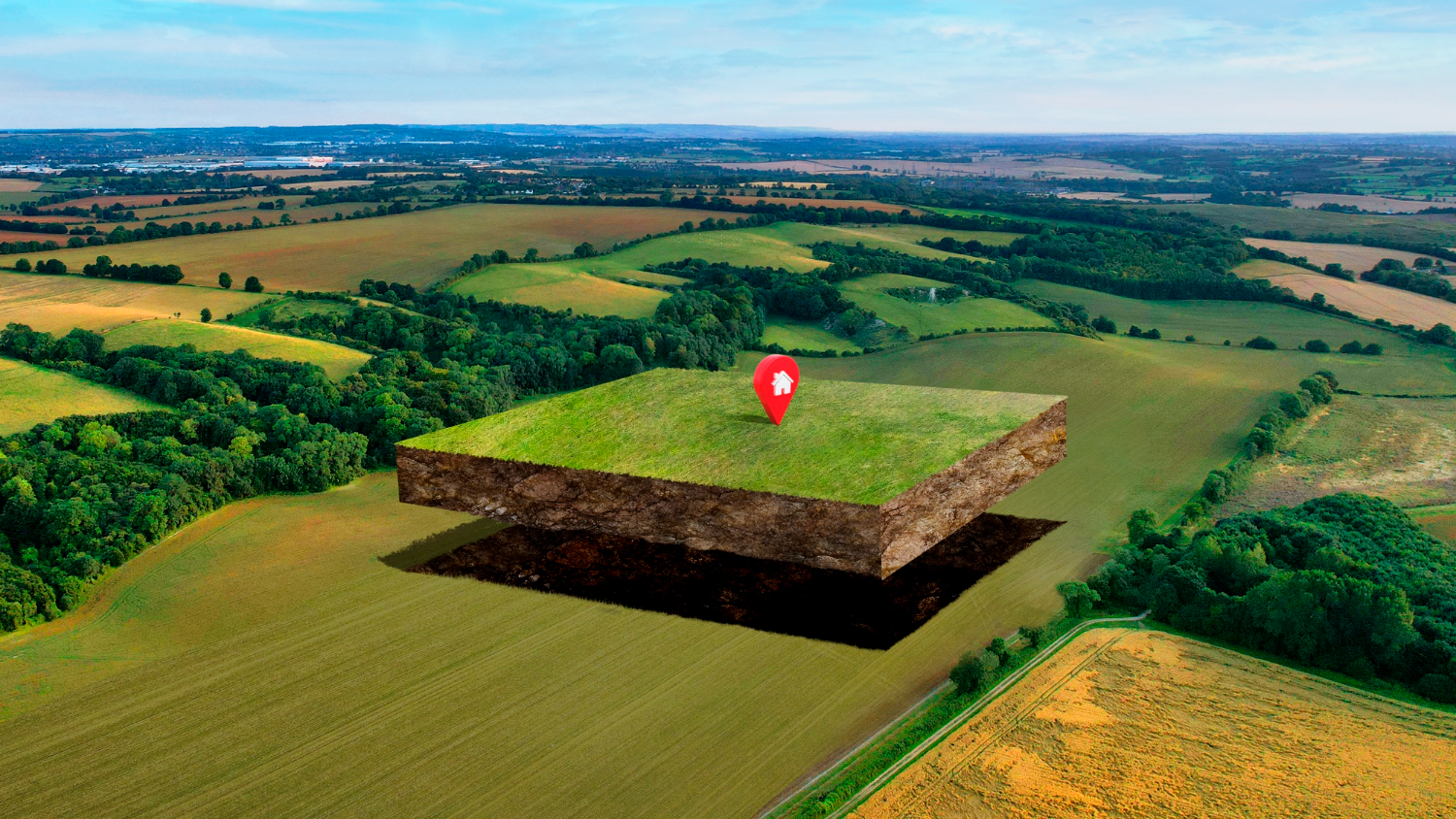
The condition of the land should be carefully inspected before finalizing a site for building your dream hospital.
Look for land that is spacious enough to support your hospital and its future services. Keep in mind that even if the land seems suitable today, there may be issues with the future expansion plans.
Check the ground condition; it should be ready to build the hospital, meaning it is level, firm and ready for construction. Instability in the ground may cause problems down the line, so make sure to provide sufficient road access to the hospital.
Additionally, there should not be any hazards that may impose extra costs or obstruct development. Natural disasters, floods, earthquakes, and any other natural hazards should be considered when selecting the land.
Finally, the land should be free from any legal disputes or construction restrictions. Make sure all documents are duly prepared and properly verified. Doing so will pave the way for the construction and future development of your dream hospital.
7. Is the land zoned for hospital construction?
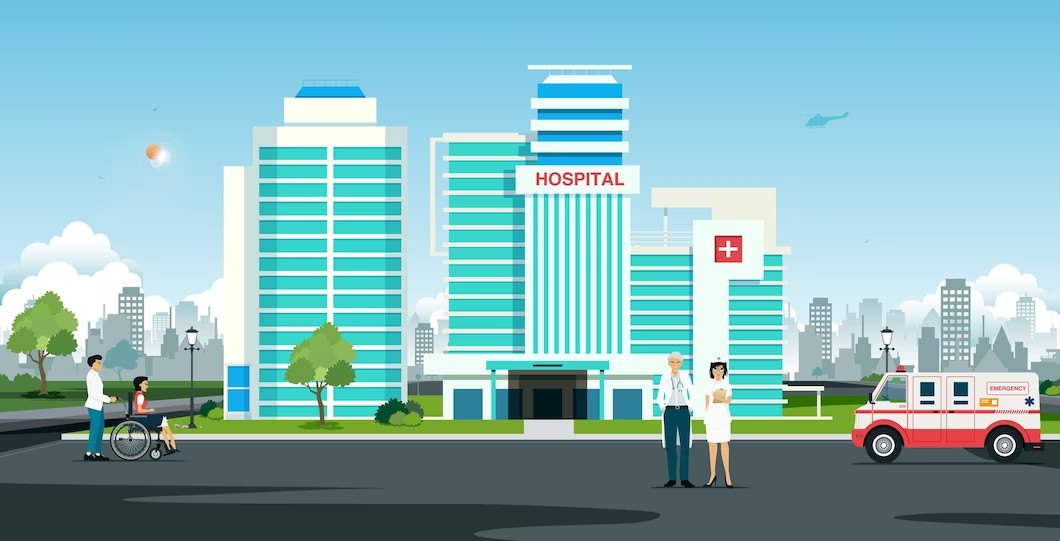
The land zoning plays a significant role in the construction of a hospital. Understanding the zoning regulations of the specific area will help you choose a location for your future hospital.
The local authority should be able to provide the necessary information related to zoning regulations. Make sure the land is zoned for hospital construction, as this will ensure that the process of building the hospital adheres to the local regulations. Furthermore, the land should not be zoned for any other type of commercial activity such as retail or residential use.
Before proceeding with the hospital construction, make sure you obtain the necessary permit from the local authority. This will help you stay in compliance with the local regulations and avoid any problems during the hospital construction process.
Ensure that the zoning is valid and any noise disturbance or emissions are within the limits set by the local authority.
8. What is the topography of the land?

The topography of the land will play a significant role in constructing a hospital. Therefore, it is important to understand the terrain of the land before you finalize it.
The topography of the land will determine the support structure that you need to build the hospital. It will also determine the foundation you can use for the building and its integrity. The slope of the land, the water levels, and soil bearing capacity are some of the important factors to consider when evaluating the topography of the land.
The local authority or a certified surveyor will be able to provide information related to the topography of the land. Make sure that the topography of the land is suitable for the construction of a hospital and it complies with the local regulations.
In addition, the risk from flooding needs to be assessed as it will determine the type of flood protection that needs to be incorporated into the design of the hospital.
9. Are there any wetlands on the site?
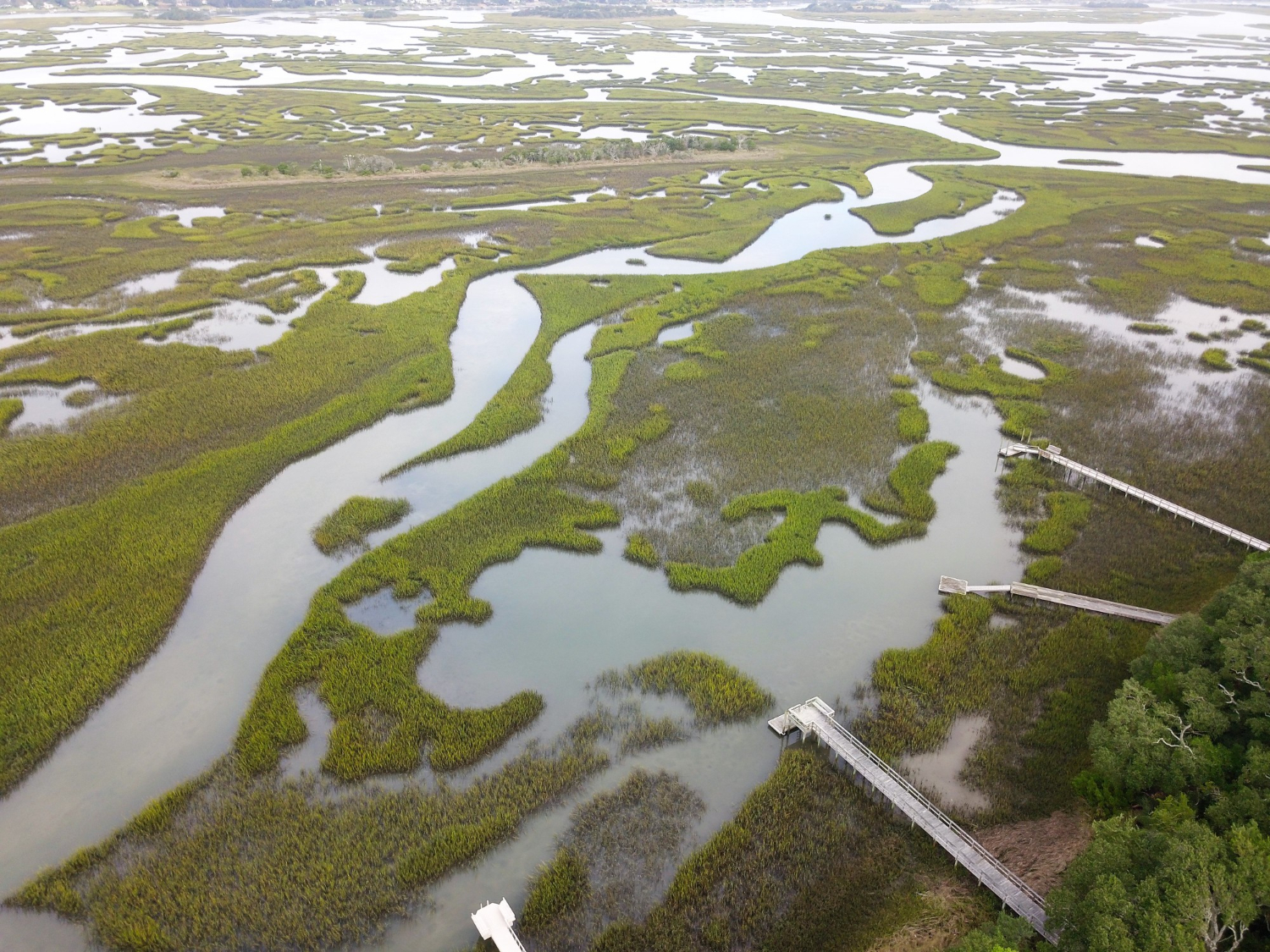
Yes, it is important to assess if there are any wetlands on the site. Wetlands are natural habitats that contain plants, animals, fish, and other organisms. Building a hospital near such an area could permanently damage or destroy the fragile ecosystem.
It is also important to understand the extent of the protected area or wetland. Obtaining the necessary permits to construct a hospital here may take longer depending on the size of the wetland. It is likely that construction might have to be restricted in certain areas.
In addition, you should also ascertain if there is any risk of flooding near this site. Floods can cause major damage to structures and pose a risk to the health and safety of patients and employees. Carry out a thorough assessment to mitigate any potential risk from flooding.
10. Is there a water source on the site?
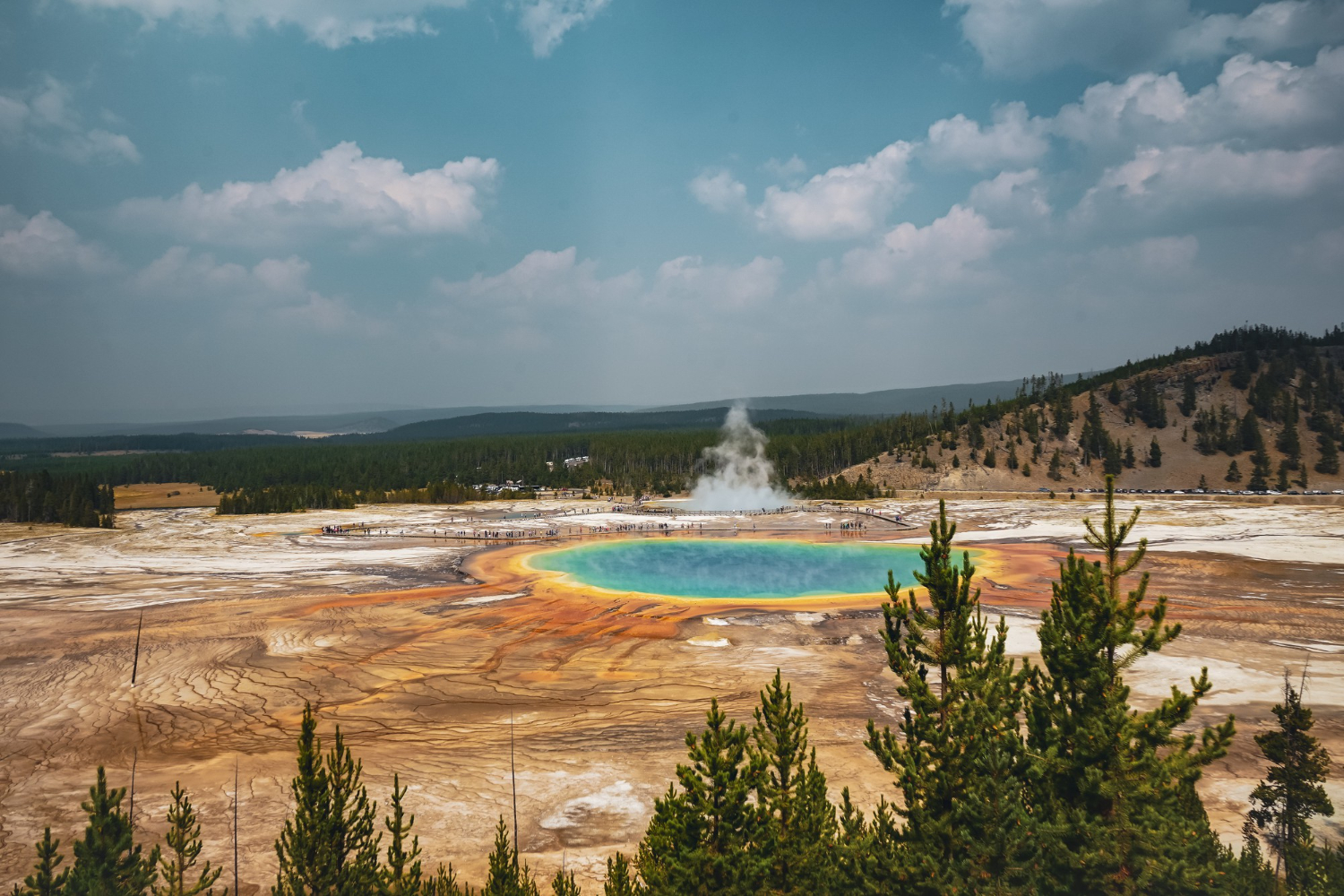
Water availability is an essential factor to consider when planning a hospital. It is important to find out and evaluate the sources of water available in the area. A reliable and quality water source is necessary for all of the hospital’s activities. The source you select should have water in sufficient quantity and at adequate quality for medical treatments, like sterilization, cleaning, and irrigation.
The water source should also be of good quality for uninterruptible supply for the entire hospital. You can consider a combination of sources, like ground and surface water, for an uninterrupted supply throughout the year. Additionally, you should check for the presence of any nearby water bodies, like rivers, lakes, and ponds, to leverage for water sources in the event of an unexpected drought or water shortage.
Before beginning the hospital project, you should also evaluate the related infrastructure, like piping, sewage treatment plants, and reservoirs. Adequate infrastructure should be in place to ensure an uninterrupted supply of water all year round.
Conclusion
The location of your proposed hospital is one of the most important decisions to make. It should be in a convenient area for potential customers, and easily accessible by public transportation. Ideally, you should choose the location in an area with a high population of people who can benefit from your hospital.
The area must also have access to a good supply of doctors who understand your hospital’s vision and objectives. The daily commute of the staff should be the primary factor when selecting the location of your hospital. Keep in mind the residential areas near the hospital site before you make the decision to settle down.
Also, take into consideration the growth of your hospital in the years to come – it is likely that as the hospital grows, you will need to expand. Choosing a location with sufficient space to grow and expand your hospital is essential. Consider the future of your hospital when choosing a location to ensure its success.
You can also check site score of your existing hospital or purchased land for hospital & how site score could be improved? Contact us
